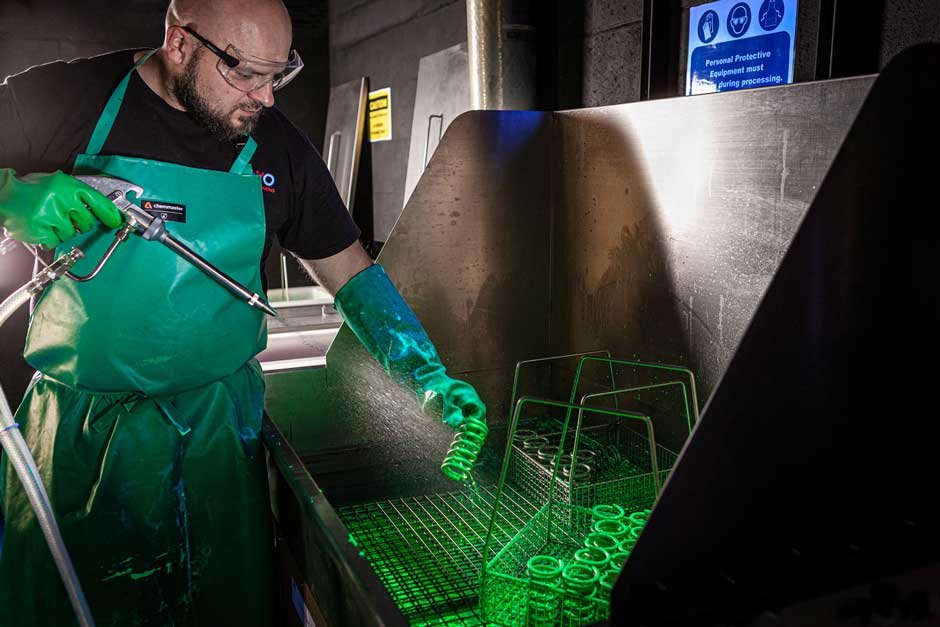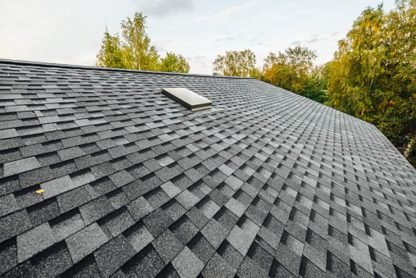The World of Non-Destructive Testing
In industries where the integrity of materials is paramount, non-destructive testing (NDT) plays a crucial role. This field encompasses various methods for detecting defects in materials without causing damage. Two of the most common and effective NDT methods are magnetic particle testing and dye penetrant testing. This guide explores these techniques, helping you understand their applications, processes, and benefits.
Dye Penetrant Testing: Uncovering Surface Flaws
Dye penetrant testing, also known as liquid penetrant inspection, is a widely used method for detecting surface-breaking defects in non-porous materials. This technique involves applying a colored dye to the material’s surface, which penetrates any flaws and is then made visible with a developer. It’s highly effective for inspecting metals, plastics, and ceramics where surface integrity is critical.
Understanding Magnetic Particle Testing
Magnetic particle testing is another prevalent NDT method, particularly useful for detecting surface and near-surface discontinuities in ferromagnetic materials. This technique involves magnetizing the material and then applying ferromagnetic particles over its surface. The particles gather at any defect areas, which can then be observed under proper lighting conditions.
Applications and Industries
Both dye penetrant and magnetic particle testing are used across various industries, including aerospace, automotive, construction, and oil and gas. These methods are crucial for ensuring the safety and reliability of critical components like aircraft engines, automotive parts, pipelines, and structural steel.
The Process of Dye Penetrant Inspection
Dye penetrant inspection is a multi-step process that includes pre-cleaning, applying the penetrant, removing excess penetrant, applying the developer, and then inspecting under appropriate lighting. The contrast between the dye and the developer highlights any surface flaws, making them easily visible to inspectors.
Executing Magnetic Particle Testing
Magnetic particle testing involves several key steps: preparing the surface, magnetizing the material, applying the magnetic particles, and then observing the test object under suitable lighting. The method used to magnetize the material will depend on the type of defect being sought and the material’s properties.
Advantages of Dye Penetrant Testing
One of the main advantages of dye penetrant testing is its simplicity and cost-effectiveness. It does not require complex equipment and can detect extremely fine surface cracks. Additionally, its versatility makes it suitable for a wide range of materials and components.
Benefits of Magnetic Particle Testing
Magnetic particle testing is highly sensitive to small surface and near-surface discontinuities in ferromagnetic materials. It provides immediate results and is relatively easy to perform. This method is also versatile in terms of the size and shape of the materials that can be inspected.
Choosing Between the Two Methods
The choice between magnetic particle and dye penetrant testing depends on several factors, including the material type, the nature of the defects being searched for, and the specific requirements of the inspection. Understanding the strengths and limitations of each method is key to selecting the most appropriate one for a given application.
Limitations and Considerations
While both methods are highly effective, they do have limitations. Dye penetrant testing is only suitable for non-porous materials and cannot detect subsurface defects. Magnetic particle testing is limited to ferromagnetic materials and may require special considerations for large or complex-shaped objects.
Ensuring Effective Inspections
For both testing methods, proper training and experience are crucial for ensuring effective inspections. Operators must be knowledgeable about the techniques, equipment, and safety measures. Regular calibration of equipment and adherence to industry standards and guidelines also contribute to the reliability of the inspections.
Technological Advancements and Future Trends
Advancements in technology are continually enhancing the capabilities of both dye penetrant and magnetic particle testing. Innovations in materials, equipment, and automation are making these methods more efficient, accurate, and easier to integrate into various industrial processes.
Essential Tools for Material Integrity
In summary, both magnetic particle testing and dye penetrant testing are essential tools in the arsenal of non-destructive testing methods. They provide reliable, efficient, and cost-effective means of ensuring material integrity and safety in a wide range of industries. By understanding the principles, applications, and limitations of these methods, professionals in the field of material testing and inspection can continue to safeguard the quality and reliability of critical components and structures.









